Please do not block ads on our site. Clicks on ads help us exist, grow and become more useful for you!
Heat exchanger Calculation
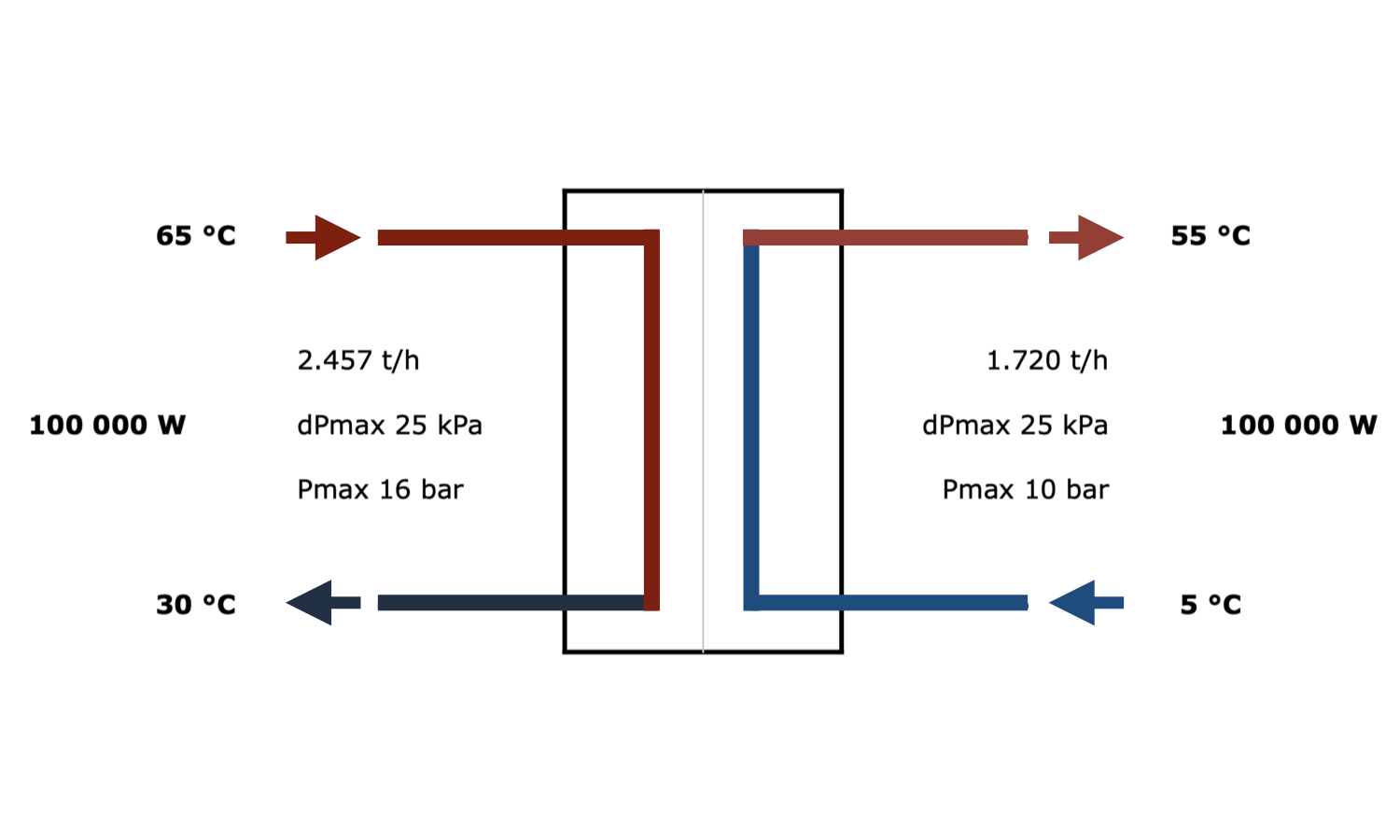
This online heat exchanger calculation is designed to generate a request for selection of a plate heat exchanger and send it to manufacturers of plate heat exchangers, if you wish.
Heat Exchanger Calculation
When calculating a plate heat exchanger, insignificant heat losses from its body are ignored, and it is assumed that all heat from the heating medium is transferred to the water being heated. Therefore, a heat balance must be maintained between the heating and heated circuits.
The amount of heat obtained by substituting the parameters of the heating circuit into the formula should be equal to the amount of heat obtained by substituting the parameters of the heated circuit.
Q[kW] = 1.163 · G[t/h] · dt[°C]
Selection of heat exchanger
Each manufacturer of heat exchangers uses plates of unique configurations, so there is no universal methodology for calculating plate heat exchangers, and selection is performed using specialized software.
All that is required is to submit a request to the manufacturer of plate heat exchangers, who will perform the calculation.
Calculation of heat exchanger for hot water supply system
The presence of decentralized water heating systems for domestic hot water supply in heating networks imposes obligations on their temperature regimes to maintain the temperature of water in the supply pipeline higher by 10-15°C than the temperature of hot water that should be supplied to the hot water supply system.
Therefore, in heating networks that lower the temperature of water in the supply pipeline when the outside air temperature rises, there is always a so-called 'breakpoint' where for heating systems it would be possible to supply even colder water, but water is supplied at a temperature of 65°C so that it can be used to heat hot water for the hot water supply system. Such a temperature regime without regulation leads to overheating of the heating system, but frees the heating network from the obligation of centralized heating and transporting hot water for the hot water supply system.
Therefore, the temperature of water entering the heat exchanger in the heating circuit is set to 65°C, and the temperature at the outlet is set to 30°C.
In the circuit that is being heated, the temperature is set to 5°C at the inlet of the heat exchanger and 55°C at the outlet.
question : comment : feedback
 Online Equipment calculations
Online Equipment calculations
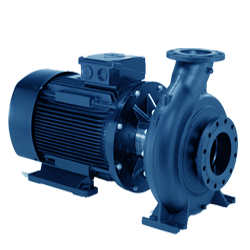
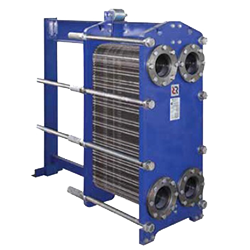
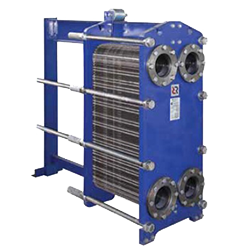
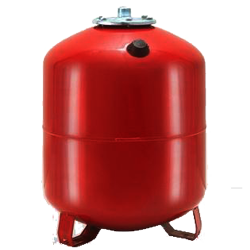

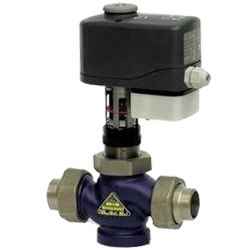


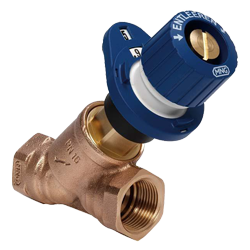




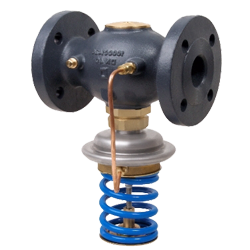
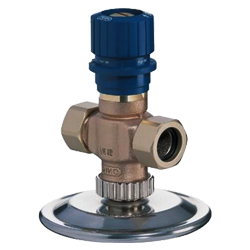
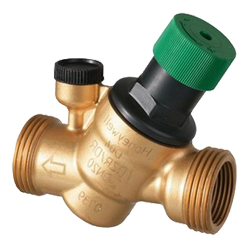


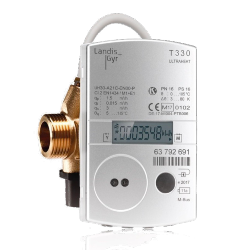
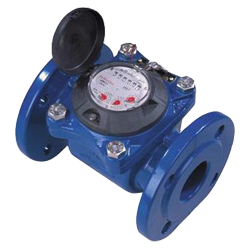

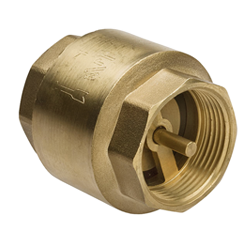
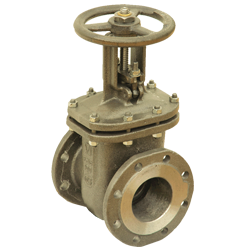

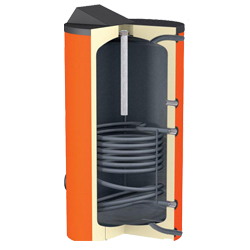

 EXAMPLE
EXAMPLE








